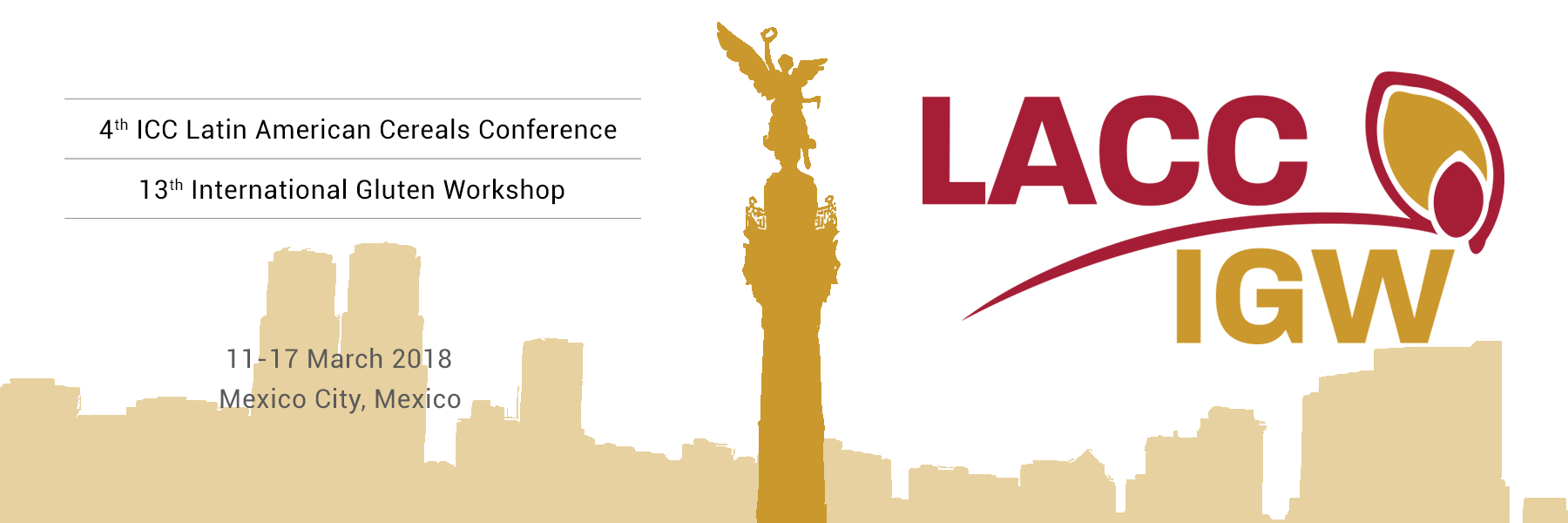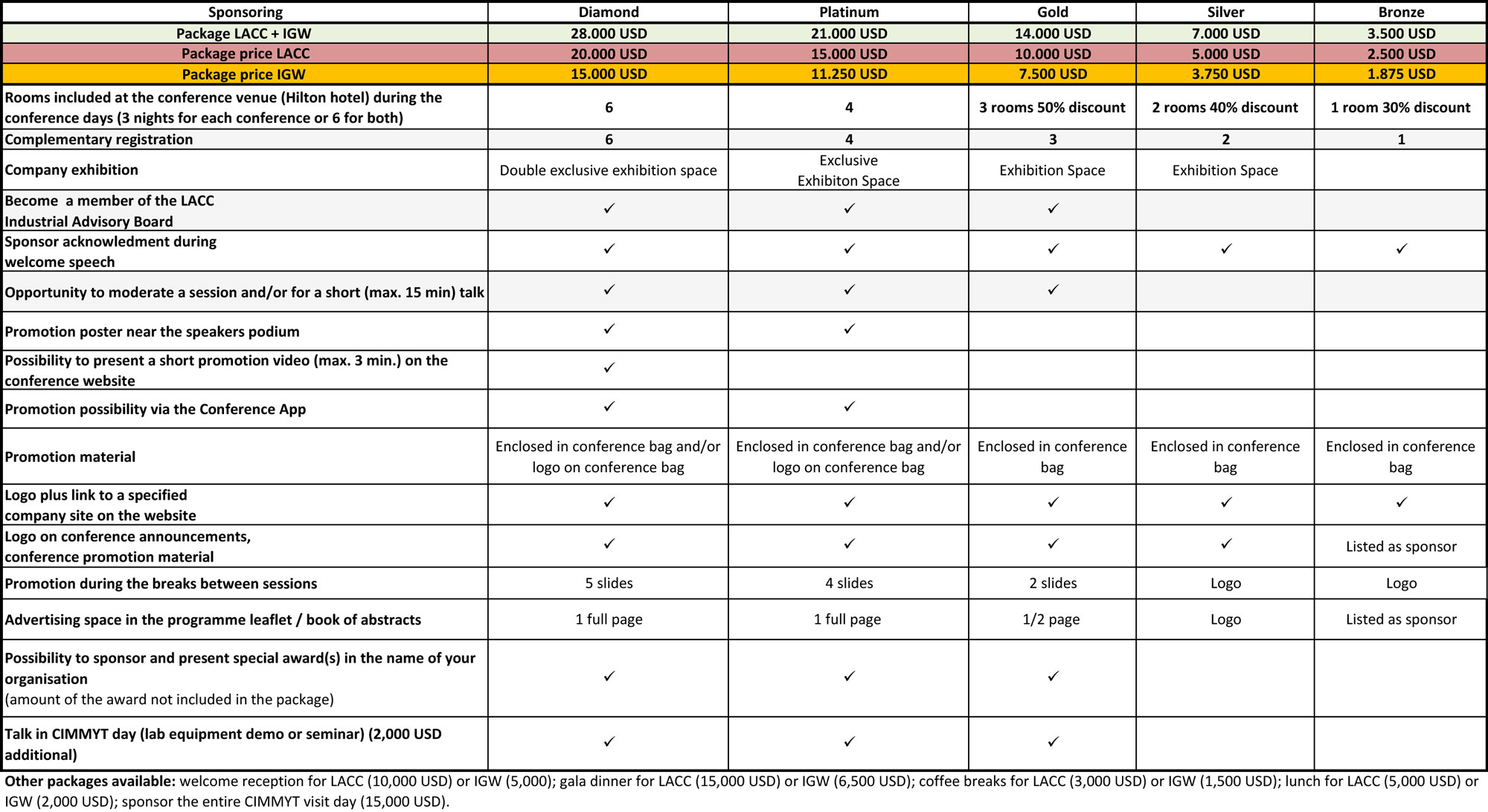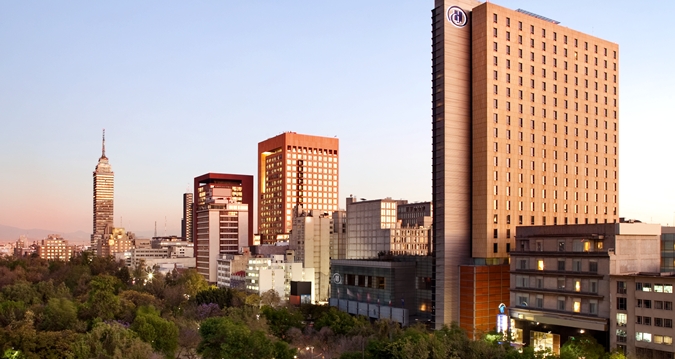Satellite meetings
The Norman E. Borlaug Experiment Station, Ciudad Obregón (Sonora, northwestern Mexico) – Global Wheat Program Visitors’ Week (March 20-23)

Located in the Yaqui Valley, an irrigated desert farm setting near Ciudad Obregón, Sonora state, in northwestern Mexico, the Norman E. Borlaug Experiment Station (CENEB, after its Spanish name Campo Experimental Norman E. Borlaug), is often called the Mecca of wheat scientists because of its weather and soil conditions, history, and the impact of the breeding research conducted there.
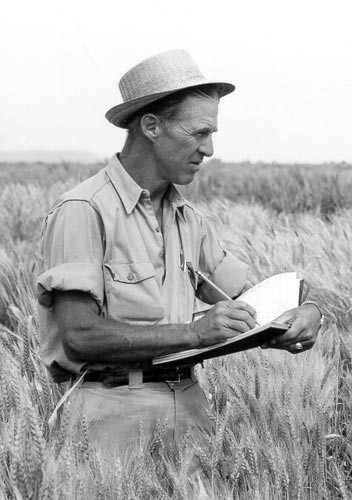
During the 1940s-50s, Dr. Borlaug and Mexican researchers, assistants, and Yaqui Valley farmers worked near this location to develop high-yielding, disease resistant wheat varieties that made Mexico self-sufficient for wheat and were soon adopted throughout South Asia, nearly tripling that region’s wheat output by the 1970s. Known as the Green Revolution, this phenomenal spread of improved varieties and farming practices---along with development model and ideals that supported it---led to the creation of international centers such as CIMMYT to eliminate food insecurity through applied science and partnerships.
In Mexico, the groundbreaking work of the Yaqui Valley team catalyzed a unique, long-standing partnership between the region’s farmers and public agricultural research institutions that continues to benefit national agriculture and CIMMYT’s globally targeted wheat research.
A direct result of that partnership was the establishment by southern Sonora farmers of CENEB, a world-class wheat research facility that also hosts offices of Mexico’s National Institute of Forestry, Agriculture and Livestock Research (INIFAP) and of the federation of Sonoran farmer associations known as Patronato, which owns the land on behalf of state farmers.

Weather conditions in the Yaqui Valley comprise long, extremely hot summers and short, warm winters with cool mornings. Average summer temperatures vary between 10° and 37° C, with rare cases of averages as low as 6° C or as high as 39° C. Day length varies significantly throughout the year, with 10:25 hours of daylight at winter solstice (20-21 December) and 13:53 hours of daylight at summer solstice (20 June). Average annual relative humidity is 69% and ranges between 62% and 75%. These conditions are ideal for selecting experimental wheat lines adapted to the diverse settings CIMMYT targets worldwide.
Thanks to the prevailing environmental conditions, excellent station management, well-maintained infrastructure, and the enduring support of local farmers and authorities, CENEB provides a unique, outstanding platform for research to enhance wheat yield potential, develop varieties with tolerance to drought and heat and resistance to diseases and pests, and to explore the physiological and genetic mechanisms underlying these and other traits.
In combination with CIMMYT’s experiment station near Toluca, state of Mexico, in the Mexican highlands, CENEB has contributed significantly to CIMMYT’s status as the primary public source of high-yielding, widely adapted wheat germplasm, currently used in nearly half of all wheat varieties worldwide and bringing annual economic benefits as high as $3.1 billion, while contributing to improved food security and livelihoods.
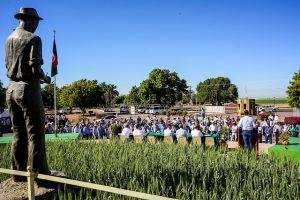
Once a year, during the CIMMYT Global Wheat Program’s Visitors Week in March, CENEB provides a vital platform for more than 100 wheat researchers, policymakers, students, journalists and others from dozens of nations to view wheat experiments in full bloom, share the latest in wheat science and development, and decide future collaborations. Held at the peak of the wheat growing season, the event provides an ideal setting for Mexican partners to feature advances and interact with peers from around the world. Participants typically include members of major international wheat research initiatives hosted at CENEB, including:
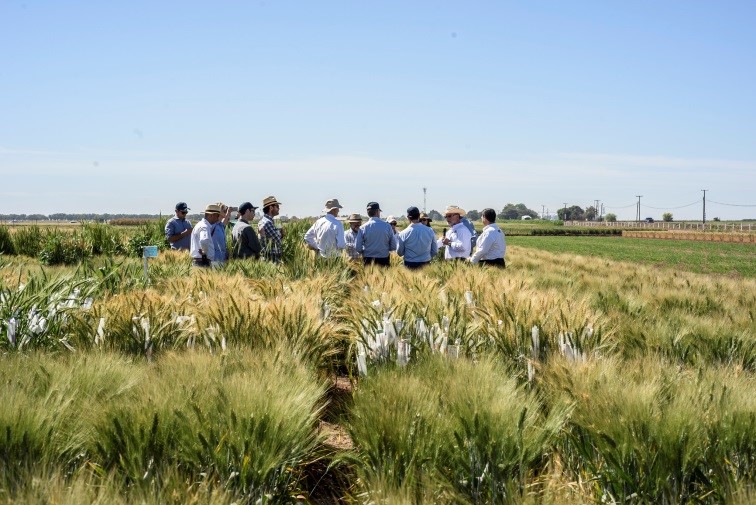
In 2018 Global Wheat Program’s Visitors Week will be celebrated between March 20 and March 23. For any further information and registration for this event please contact Maria Teresa Rodríguez (M.T.RODRIGUEZ@CGIAR.ORG) and Carlos Guzmán (C.Guzman@cgiar.org).
